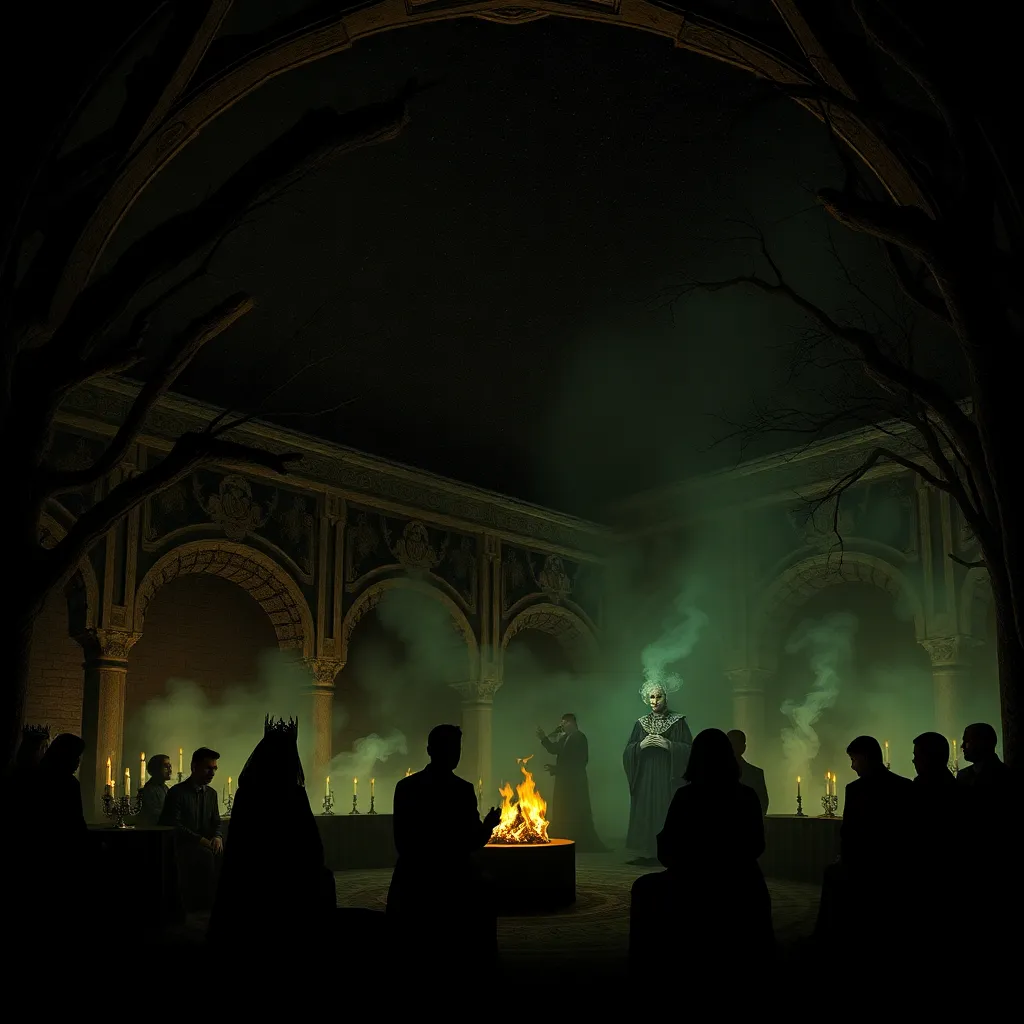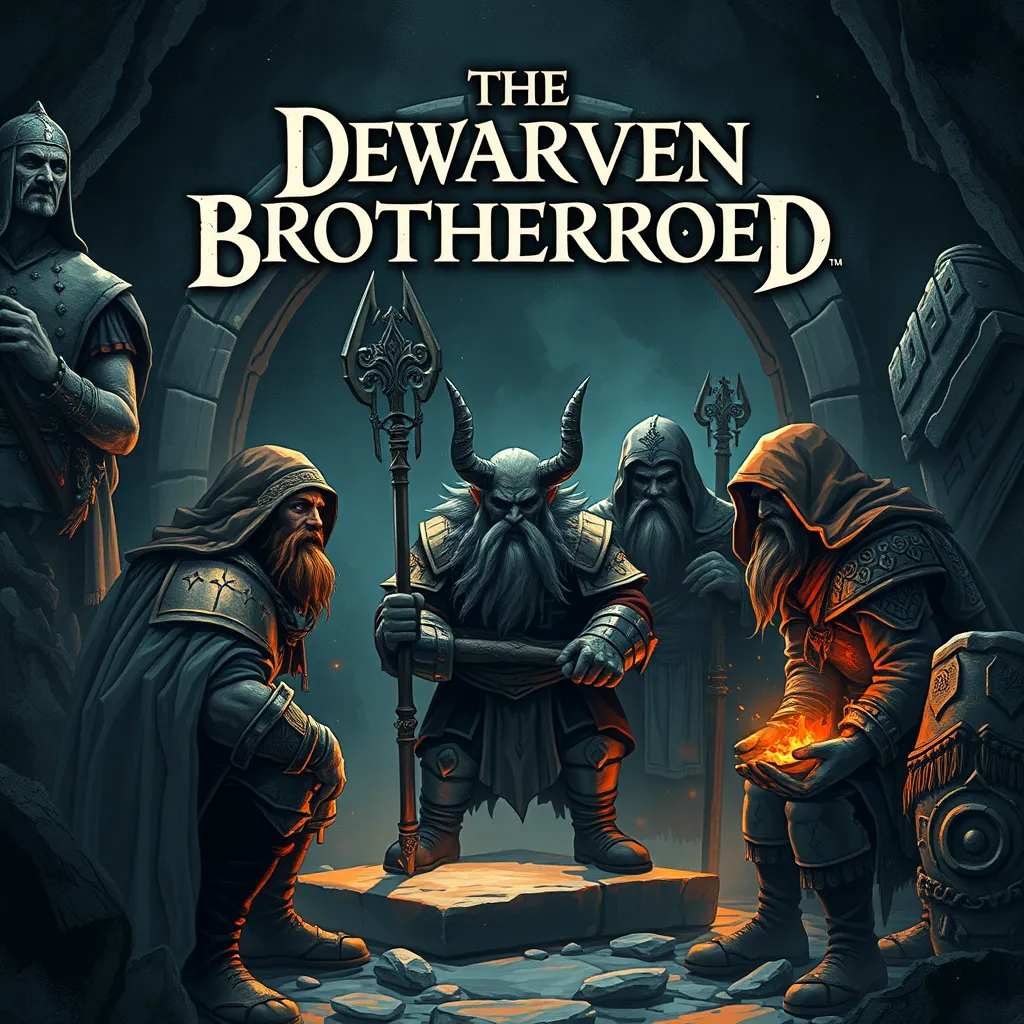The Selkie in Fairy Tales and Children’s Literature: Examining the Myth’s Use in Storytelling
I. Introduction to the Selkie Myth
The Selkie myth is a captivating tale rooted in the folklore of the Celtic regions, particularly in Scotland, Ireland, and the Faroe Islands. A Selkie is said to be a mystical creature capable of transforming from a seal into a human when it sheds its seal skin. This duality embodies the essence of the Selkie, representing both the allure of the sea and the longing for human connection.
Originating from ancient times, the Selkie legend has evolved, but its cultural significance remains strong in Celtic folklore. Selkies are often depicted as beautiful, enchanting beings whose stories reflect themes of love, loss, and the struggle for identity. These characteristics are not just magical; they resonate deeply with human emotions, making the Selkie a powerful archetype in storytelling.
II. The Selkie Archetype in Fairy Tales
In fairy tales, the Selkie archetype embodies various common themes and motifs. One of the most prevalent themes is the idea of transformation. Selkies transition between two worlds—the sea and the land—symbolizing the dual nature of existence. This transformation often reflects the characters’ inner struggles between their desires and responsibilities.
- Longing and Loss: Selkie tales frequently explore the longing for connection and the pain of separation from loved ones.
- Identity: The struggle of the Selkie to find its place in either the human world or the ocean mirrors the human quest for identity.
- Freedom vs. Confinement: Many stories highlight the tension between the desire for freedom and the constraints of societal expectations.
When compared to other mythological creatures in fairy tales, such as mermaids or fairies, Selkies stand out due to their unique connection to the natural world and the emotional depth of their stories. Unlike mermaids, who are often portrayed as seductresses, Selkies are depicted as beings caught between two worlds, evoking sympathy and understanding from the audience.
III. Analyzing Popular Selkie Stories
One of the most well-known Selkie stories is “The Selkie Wife,” a traditional tale that has been retold in various forms. In this story, a fisherman discovers a Selkie woman who has shed her seal skin. He takes her skin to keep her from returning to the sea, leading to a complex relationship filled with love and sorrow. This narrative encapsulates the poignant themes of sacrifice and the consequences of trying to possess that which is inherently free.
Modern adaptations of Selkie tales have emerged in literature and film, often reinterpreting the original narratives to address contemporary issues such as environmentalism and personal identity. These adaptations resonate with audiences today, showcasing the timeless nature of the Selkie myth.
IV. The Selkie in Children’s Literature
Children’s literature has also embraced the Selkie myth, with notable books featuring these enchanting creatures. Works such as “The Selkie’s Secret” and “Selkie: The Seal Girl” introduce young readers to the world of Selkies, highlighting themes of identity, belonging, and transformation.
- Identity: Many children’s stories focus on the Selkie’s struggle to reconcile its dual nature, offering lessons about self-acceptance.
- Belonging: The tales often depict the Selkie’s search for a place where it truly belongs, which resonates with children navigating their own feelings of being different.
- Transformation: The transformative journey of the Selkie serves as a metaphor for growing up and the changes that come with it.
The educational value of Selkie narratives is significant, as they provide children with insight into complex emotions and relationships while fostering empathy and understanding. These stories encourage young readers to explore their feelings about identity and connection to others.
V. The Emotional and Psychological Impact of the Selkie Myth
The Selkie myth delves deep into human emotions, exploring themes of love, loss, and sacrifice. The poignant portrayal of a Selkie’s longing for its true home in the sea resonates with the universal experience of yearning for something beyond reach.
Selkie stories reflect human relationships and the emotional complexities involved in love and commitment. The sacrifices made by Selkies, whether it be leaving their families or choosing to remain in the human world, serve as powerful reminders of the depths of love and the pain that can accompany it.
Furthermore, the myth’s ability to foster empathy is invaluable, particularly in children’s literature. By engaging with these narratives, children learn to navigate their emotions and understand the perspectives of others, promoting a sense of compassion in their interactions.
VI. Cultural Interpretation and Adaptation of Selkie Stories
The Selkie myth has been interpreted differently across various cultures, each adding its unique flavor to the narrative. In Scottish folklore, Selkies are often portrayed as tragic figures, while in Irish tales, they may embody more playful characteristics. This diversity enriches the storytelling tradition surrounding Selkies.
Over time, Selkie tales have evolved across various mediums, including literature, film, and theater. Each adaptation brings new interpretations to the myth, reflecting contemporary societal values and concerns. The impact of cultural context on these stories is profound, as it shapes the way audiences perceive the Selkie’s journey and the themes embedded within.
VII. The Role of the Selkie in Environmental Narratives
In recent years, the Selkie has emerged as a symbol in environmental narratives, connecting themes of nature and conservation. The Selkie’s dual existence highlights the relationship between humanity and the natural world, serving as a reminder of the fragility of marine ecosystems.
- Connection to Nature: Selkies represent the beauty and mystery of marine life, encouraging respect for the ocean and its inhabitants.
- Ecological Awareness: Stories featuring Selkies often emphasize the importance of preserving natural habitats, making them relevant in discussions about conservation.
- Metaphor for Fragility: The Selkie’s vulnerability serves as a metaphor for the delicate balance of nature and the consequences of human actions on the environment.
VIII. Conclusion: The Enduring Legacy of the Selkie in Storytelling
The Selkie myth has left an indelible mark on fairy tales and children’s literature, captivating audiences with its rich emotional depth and complex themes. Its impact is evident in the way it addresses fundamental human experiences—love, loss, identity, and belonging.
As modern storytelling continues to evolve, the relevance of the Selkie myth remains strong. It speaks to the human condition, inviting readers to reflect on their own lives and relationships. The future of Selkie narratives in literature and media promises to explore new dimensions of this enchanting figure, ensuring that the legacy of the Selkie endures for generations to come.




